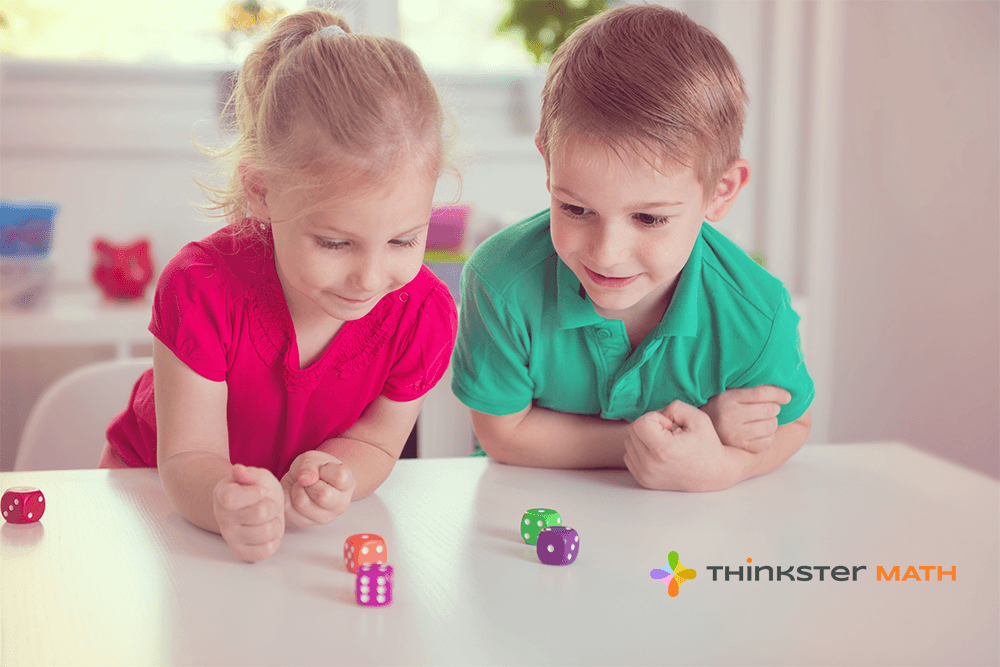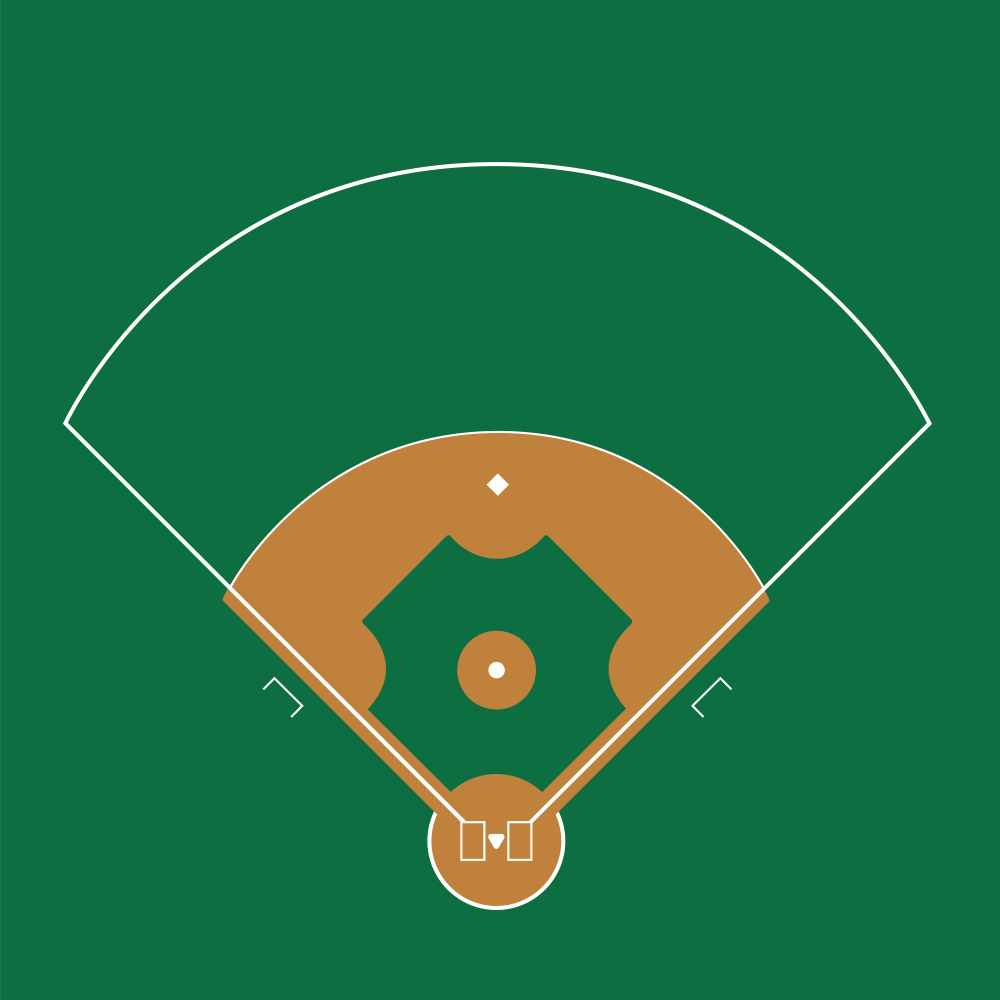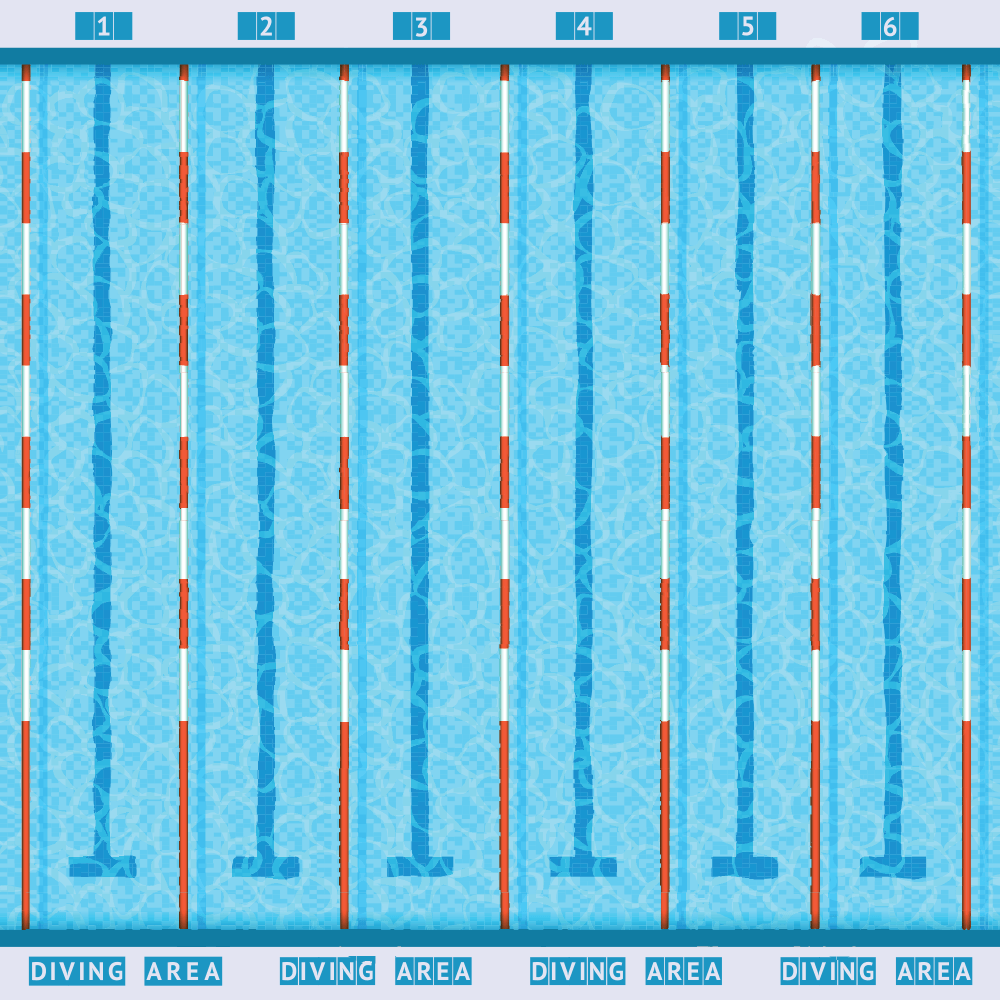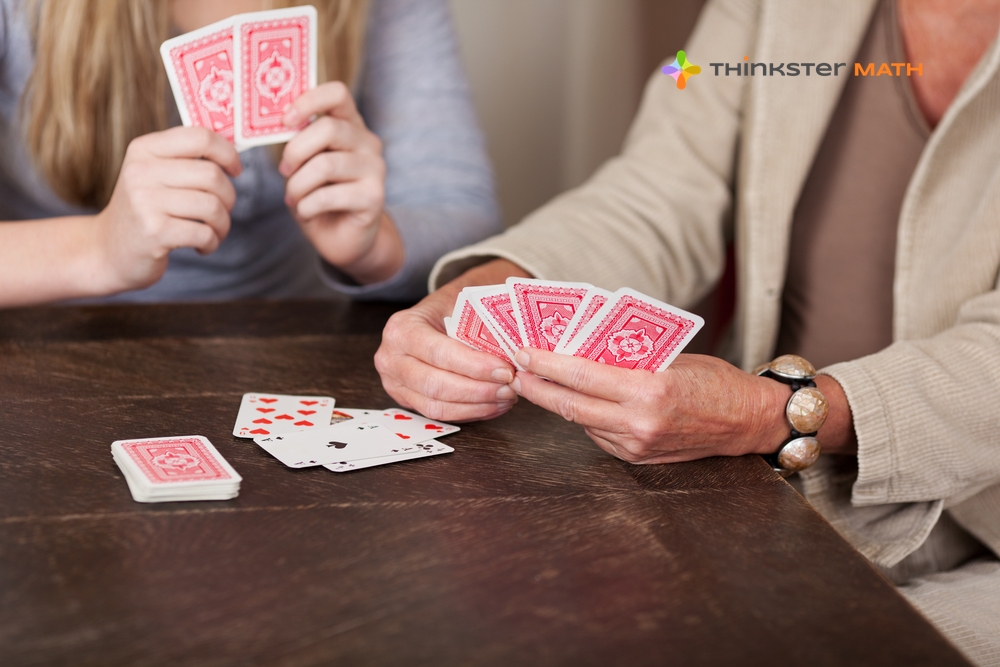

Last Updated on May 26, 2022
For the young athlete or sports lover in your family, math may be the last thing on their mind – something they dread and avoid as much as possible.
It could be that your student sees math as the exact opposite of the sports they love, but in reality, this couldn’t be further from the truth! Sports and math go hand-in-hand, and you can use summertime sports to give your student extra algebra help in a fun way that they’ll enjoy – making it easier for them to remember and learn.
Make Math Fun For Better Learning
We’ve written a few other blogs about making math more fun for students and the benefits that go along with this.
In this article on how digital games can impact learning, we mentioned research from Educational Leadership that showed that students retain information better when they are engaged with the subject matter, resulting in higher engagement and less stress. Using sports to teach math concepts can be the perfect way to engage your young athlete.
We know that when you’re having fun, your brain releases dopamine, which then activates its “reward center.” And the more dopamine that’s released, the more we want to repeat an activity. If your student already enjoys watching or playing sports, this is happening in their brain already. Tying in math to this effect is an added bonus.
Using sports can show your student that math is fun and has practical applications to their other interests. We put more effort into things we enjoy, and the sports influence may also be a way to teach your student math without them even realizing it.
Low motivation and boredom can interfere with learning, so using sports to give your student algebra help can be beneficial to their continued math success.
Also, using math in sports is a real-world application for a subject that may seem impractical to some. Using sports to help students engage with math, think critically and understand how all the separate pieces work together are the key components of meaningful learning. With this type of learning, students do more than just memorize numbers – they can take information and use it effectively in other contexts and problems. This leads to them recognizing patterns and truly understanding (and retaining) the information.
This is the type of learning and method we use at Thinkster to take your student beyond memorization and rote learning into critical thinking.
Summertime Sports and Math Learning
If your student enjoys watching or playing sports, there is a lot of math knowledge, specifically relating to algebra, to be gleaned just from paying extra attention to the numbers. Below are just a few of the many summertime sports that you can use to teach your student algebra concepts.
Baseball / Tee-Ball
Math is used just about everywhere in baseball. It is a game of numbers and statistics used to try to predict how players will respond in certain situations – everything from the batting average of the batters to the earned run average of the pitcher uses math.
The batting average, for example, is determined by taking the number of hits a player gets and dividing that by the number of times the player has been at bat. Depending on the age of your student, using the larger numbers that professional players would have, such as 45 hits out of 150 at-bats, may be too large for them to do, so you can explain the concept using smaller numbers if necessary.
For an equation, you can say that the batting average (a) is determined by taking the number of hits a player gets (h) and dividing that by the number of at-bats (b).
The equation looks like a = h/b.
Look up stats on sites like ESPN or the specific team’s website, and use the actual numbers provided for each player for an extended math lesson.
You can then use the results to further explain these percentages, and which numbers would be a large percentage and which would be a smaller percentage. For example, it is likely that the leadoff hitter through the cleanup hitter (one through four) on your child’s favorite team have higher batting percentages than others on the team – that’s why they hit first in the lineup.
Baseball provides opportunities for you to teach math lessons to younger students, too. Simple addition and subtraction can be practiced by asking your child to add up the number of hits for a given player in a week or the number of strikeouts a pitcher pitched.
For example, tell them that Bobby played in four baseball games this week, with two hits on Monday, five on Tuesday, one on Wednesday and two on Thursday. Then, ask your student to add up how many hits total Bobby had this week. You can use reverse problems for subtraction help.
If your student is playing baseball or tee-ball, use their own statistics for a fun and practical math game. Have them keep track of how many hits, catches, or outs they get in each game during a set amount of time and then have them add it up for a weekly or season total. You can even keep track of your student’s at-bats and their number of hits to determine their own batting average.

Finally, for older students, the baseball field dimensions lend itself to an algebraic equation:
The baseball diamond is a square that is 30 yards on each side. If you were on second base and you wanted to throw the ball to the catcher, who stands at home plate, how far would you have to throw the ball?
Use the Pythagorean Theorem: a² + b² = c²
a and b are the legs, c is the hypotenuse {across from the right angle}
a and b would be home to 1st base, and 1st base to 2nd
c would be 2nd to home base {the right angle is at 1st base}
30² + 30² = c²
900 + 900 = c²
1800 = c²
c ? 42.43 yds
You can even use the simple idea of substitution within baseball — that one player comes out and one of a supposedly equal value comes in in that person’s place — to teach your student about substitution in algebraic equations.
Tennis
If baseball isn’t your student’s thing, there can be a lot of math applications picked up from tennis as well.
At the outset, tennis uses a lot of numbers because of the unique scoring method and levels. Players have to win so many points per game (0, 15, 30, 40) and win by two to win the game. Then, they have to win six games to win a set, and they must win so many sets per match (two or three depending on the match level) to be declared the winner of the match.
In professional tennis, players are awarded points based on how well they do in certain tournaments and these points are used to determine their rankings after each major tournament, which then helps determine how they are seeded at the next tournament.
If you and your child follow tennis, you could come up with your own point system for the top five to 10 players, giving them a certain number of points based on how they perform and then scoring them throughout the season.
Beyond this, the statistics that are kept in tennis are extensive as well. Winning streaks, the number of aces and faults, first and second serve points won, how often certain players approach the net or use a backhand, and so on and so on.
For your young athlete, it may also be fun for them to track their own statistics. This can be a great way to apply math concepts directly to their interests and get them fully invested in knowing and improving their athletic abilities to influence these numbers and make them better.
Swimming
This may feel too simple, but for younger math students, you can use basic pool activities and toys to help them practice basic math concepts while having fun in the summer sun.
Have your student swim a certain number of laps and add them up, or have them count the number of stairs around the pool’s perimeter. Ask your student to read off the height indicator on the side of the pool, tell them how tall they are in feet and have them perform subtraction to figure out the difference. You could also have them subtract to find the difference between the shallow end and the deep end.

You can also use the size of the pool itself and tiles around it to come up with some more algebra help. If you know the area of the pool you are in, even better. If not, you can use basic numbers to start. An example would be a pool that has an area of 36 square feet; ask them what the possible dimensions of the pool could be using whole numbers: 1 ft by 36 ft, 2 ft by 18 ft, 3 ft by 12 ft, 4 ft by 9 ft, and 6 ft by 6 ft.
Then, pick an option, say the 4 ft by 9 ft pool, and see if your student can figure out how many 1-ft by 1-ft tiles they would need to put a border of tiles around the entire pool.
For a 4 ft by 9 ft pool, your student should conclude that the border will consist of 30 tiles: the perimeter of the pool is 26 ft, and one tile is needed for each foot of perimeter; in addition, 4 tiles are needed at the corners.
These are just a few ideas to keep your student’s math mind working while playing!
Algebra Help Beyond Sports
Using your student’s current interests to teach them math is a great way to feed them extra motivation and get them learning. But sometimes it takes more than this if you see your student struggling in a certain math area, such as algebra, and falling behind.
If that’s the case, we encourage you to consider a full-fledged online tutoring program, like Thinkster, that will work with your student directly to get them back on track.
Our curriculum will meet them where they are, starting with a skills assessment to build a customized learning plan to fit their needs. Our experienced math experts are available for one-on-one online tutoring sessions and also provide daily feedback on the math work your student completes in the system. Our worksheets and video tutorials are an added layer of practice to give them as much algebra help as they need to succeed.
The best part is you can try Thinkster Math risk-free thanks to our Performance Guarantee! We invite you to check it out for yourself and see the possibilities for your math student.


